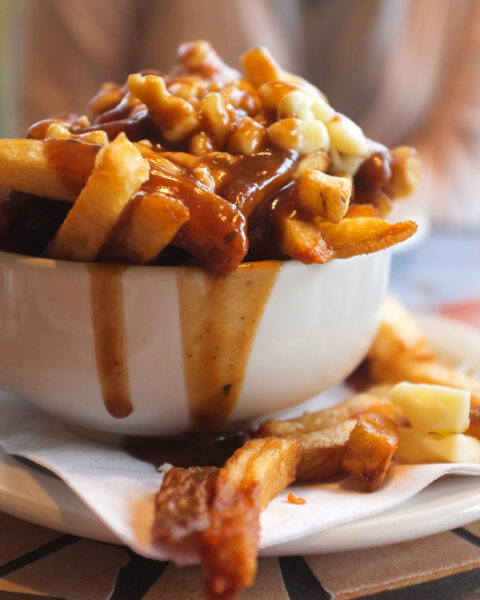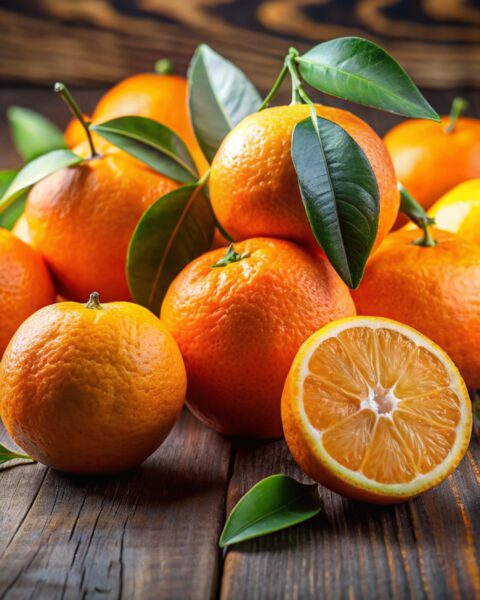Food trends often capture our imaginations and taste buds, but not all are destined to become mainstays in our diets. This year has seen its fair share of unique and quirky culinary experiments. However, some of these trends are already starting to lose steam. Let’s explore ten current food trends that are likely to disappear as fast as they appeared.
Contents
- 1 Activated Charcoal Products
- 2 Rainbow Foods
- 3 Edible Glitter
- 4 Plant-Based ‘Meat’ Alternatives
- 5 Boba Tea (Bubble Tea) Variations
- 6 CBD-Infused Foods
- 7 Extreme Fermented Foods
- 8 Molecular Gastronomy
- 9 Sustainable Seafood Alternatives
- 10 Superfood Powders
- 11 Over-the-Top Milkshakes
- 12 Gourmet Toast
- 13 Gold Leaf Garnishes
- 14 Kombucha Cocktails
- 15 Charcuterie Boards
- 16 Spicy Challenges
- 17 Artisanal Ice Cream Flavors
- 18 Diet-Specific Foods
- 19 Insect-Based Protein
- 20 DIY Meal Kits
- 21 More From RetailShout
- 22 15 Best Brands of Plant-Based Milk Alternatives, Ranked
- 23 16 Tasty Salad Additions for a Nutritional Upgrade
Activated Charcoal Products

Activated charcoal had its moment, promising detox benefits and dramatic Instagram-worthy visuals. However, concerns about its potential to interfere with medication absorption and overall health benefits have caused its popularity to wane. As consumers become more health-conscious and informed, this trend is expected to fade. Likely, activated charcoal will soon be seen as a fleeting fad rather than a staple ingredient.
Rainbow Foods

Rainbow bagels, unicorn lattes, and multi-colored grilled cheese have added vibrant hues to our social media feeds. Despite their visual appeal, the novelty is wearing off, and many are realizing that these colorful foods offer little beyond aesthetics. With a growing emphasis on natural and healthy eating, artificially colored foods are losing their charm. The rainbow food trend is set to dim as consumers prioritize substance over style.
Edible Glitter
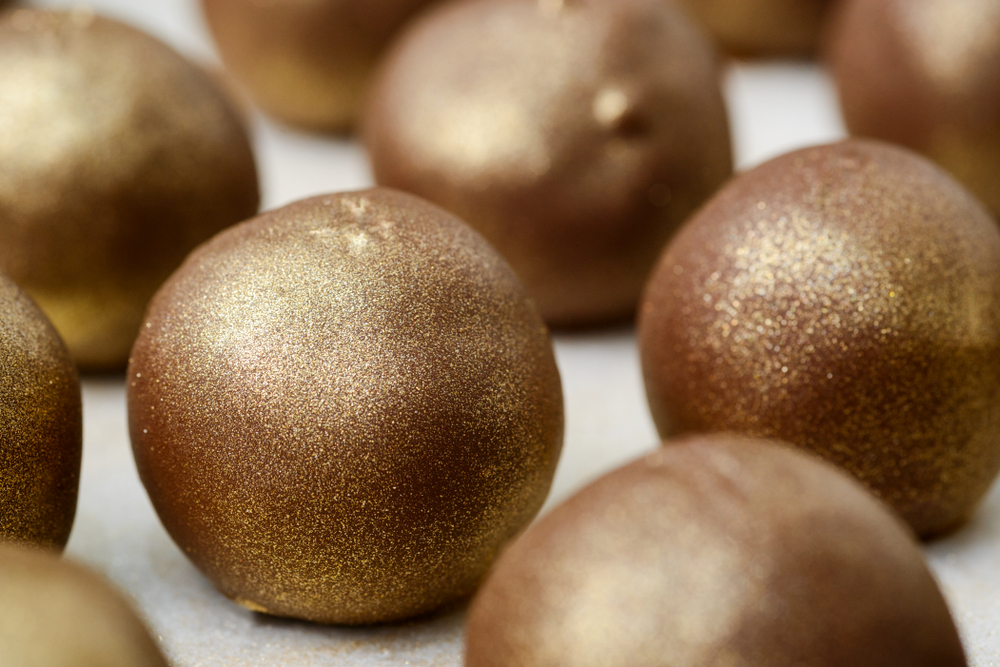
Edible glitter has made its way into cakes, cocktails, and even pizza, adding a touch of sparkle to our plates. While fun and festive, the trend is facing backlash due to concerns about the safety of consuming these tiny particles. Additionally, the environmental impact of glitter, which is often made from plastic, is a growing issue. As awareness increases, edible glitter is expected to fall out of favor.
Plant-Based ‘Meat’ Alternatives

Plant-based meat alternatives like Beyond Meat and Impossible Burgers have surged in popularity as healthier, sustainable options. However, the highly processed nature of these products is starting to draw criticism. Consumers are becoming more interested in whole, minimally processed foods, leading to a potential decline in the appeal of these faux meats. While the plant-based movement will continue, the hype around these specific alternatives may diminish.
Boba Tea (Bubble Tea) Variations
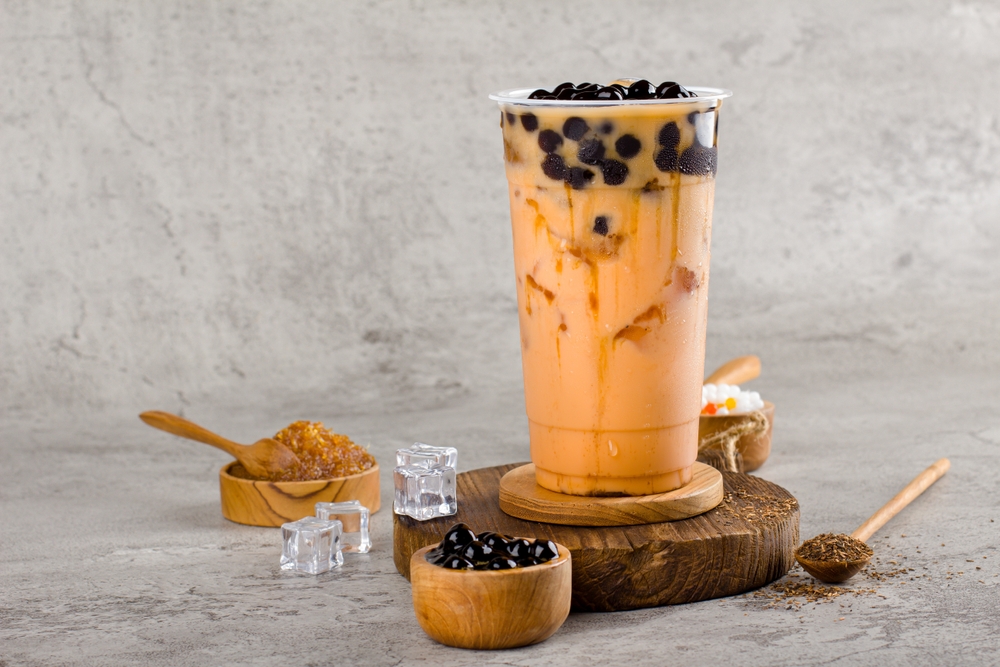
Boba tea, with its chewy tapioca pearls, has enjoyed global popularity, sparking numerous variations and offshoots. However, as the market becomes saturated, the novelty is wearing thin. The high sugar content and calorie count are also factors that may contribute to its decline. As health-conscious consumers seek lighter, more nutritious options, boba tea variations might not maintain their trendy status.
CBD-Infused Foods

CBD-infused everything, from gummies to coffee, has been touted for its supposed health benefits. However, the legal ambiguity and lack of substantial scientific backing are causing this trend to fizzle out. Many consumers are skeptical about the effectiveness and safety of CBD in food products. As regulations tighten and interest wanes, CBD-infused foods are likely to become a passing trend.
Extreme Fermented Foods
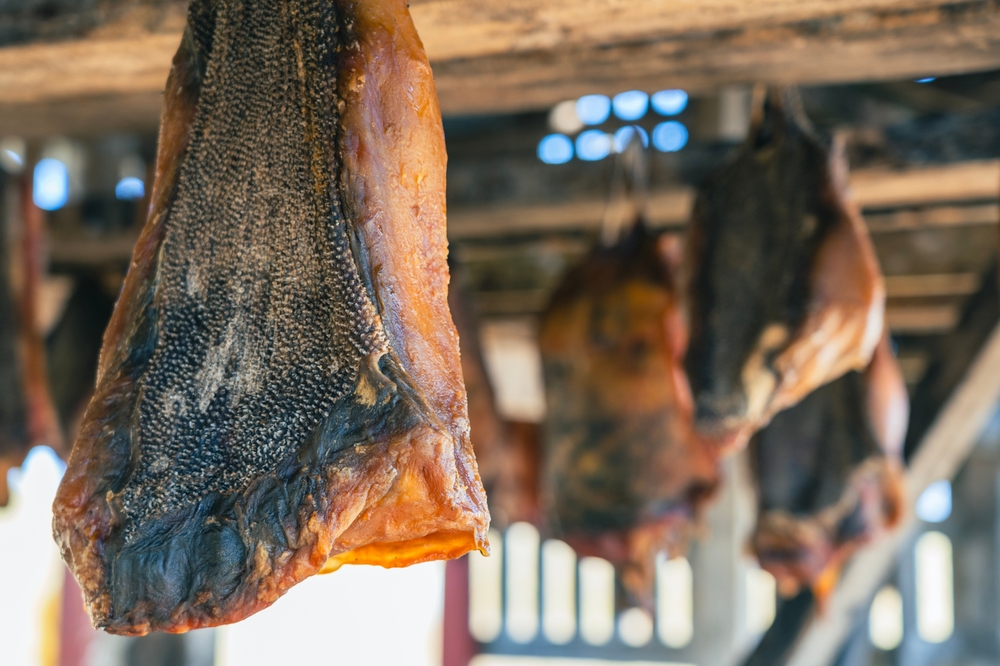
Fermented foods like kimchi, kombucha, and sauerkraut have gained traction for their probiotic benefits. Yet, the trend of extreme fermentation, involving unconventional and sometimes unpalatable ingredients, is losing appeal. The strong flavors and sometimes off-putting textures are not for everyone. As people seek balance and moderation, extreme fermented foods are expected to retreat to niche markets.
Molecular Gastronomy
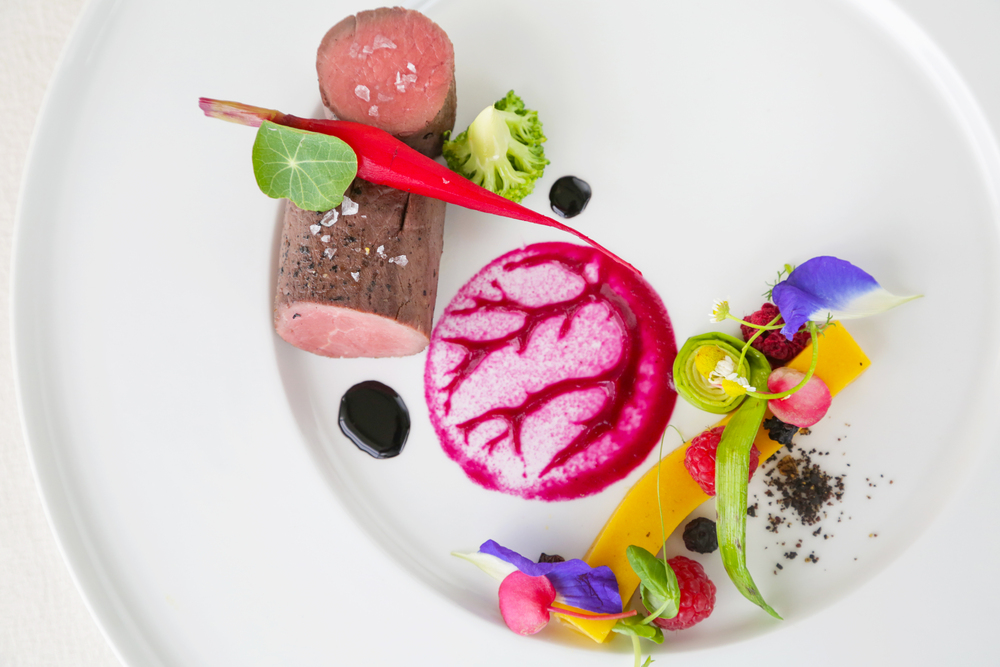
Molecular gastronomy, with its foams, gels, and spherification, brought a scientific approach to fine dining. However, the novelty of these techniques is fading as diners seek more authentic and comforting food experiences. The complexity and high cost associated with molecular gastronomy make it less accessible to the average consumer. This trend is predicted to take a backseat to simpler, more traditional culinary styles.
Sustainable Seafood Alternatives
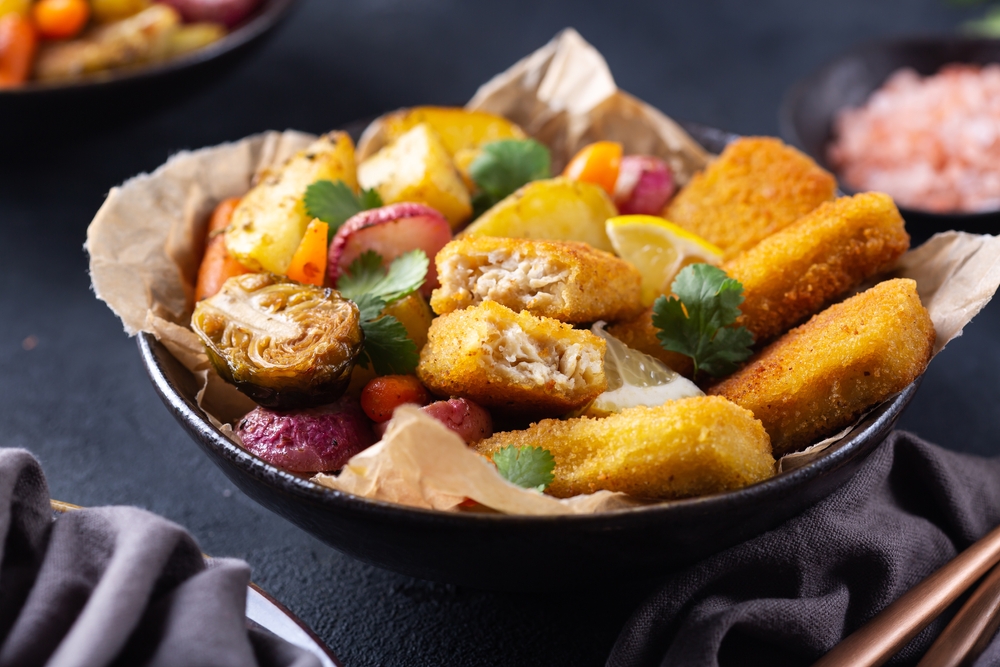
Innovative seafood alternatives like lab-grown fish and plant-based shrimp have made headlines. Despite their potential to address overfishing and sustainability issues, they face challenges in terms of taste, texture, and consumer acceptance. High production costs and skepticism about artificial seafood are barriers to mainstream success. As traditional seafood remains a staple, these alternatives may struggle to gain a lasting foothold.
Superfood Powders

Superfood powders such as spirulina, matcha, and maca have been marketed for their health benefits and convenience. However, their high prices and sometimes dubious claims are leading to consumer fatigue. Many are opting for whole foods over powdered supplements, seeking more natural sources of nutrition. As the superfood powder trend loses momentum, it’s likely to be replaced by a return to simpler, whole-food-based diets.
Over-the-Top Milkshakes
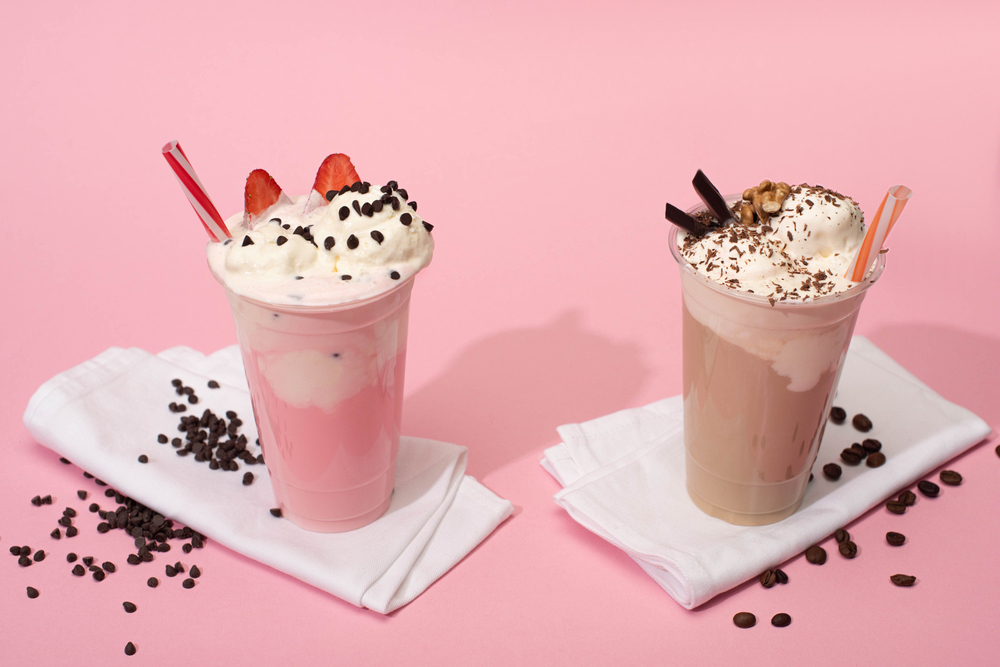
Giant milkshakes adorned with candy, cookies, and even slices of cake have become Instagram sensations. However, the excessive sugar content and calorie overload are causing a backlash among health-conscious consumers. The novelty of these indulgent treats is wearing thin as people seek more balanced and nutritious options. Over-the-top milkshakes are expected to lose their appeal as wellness trends take center stage.
Gourmet Toast
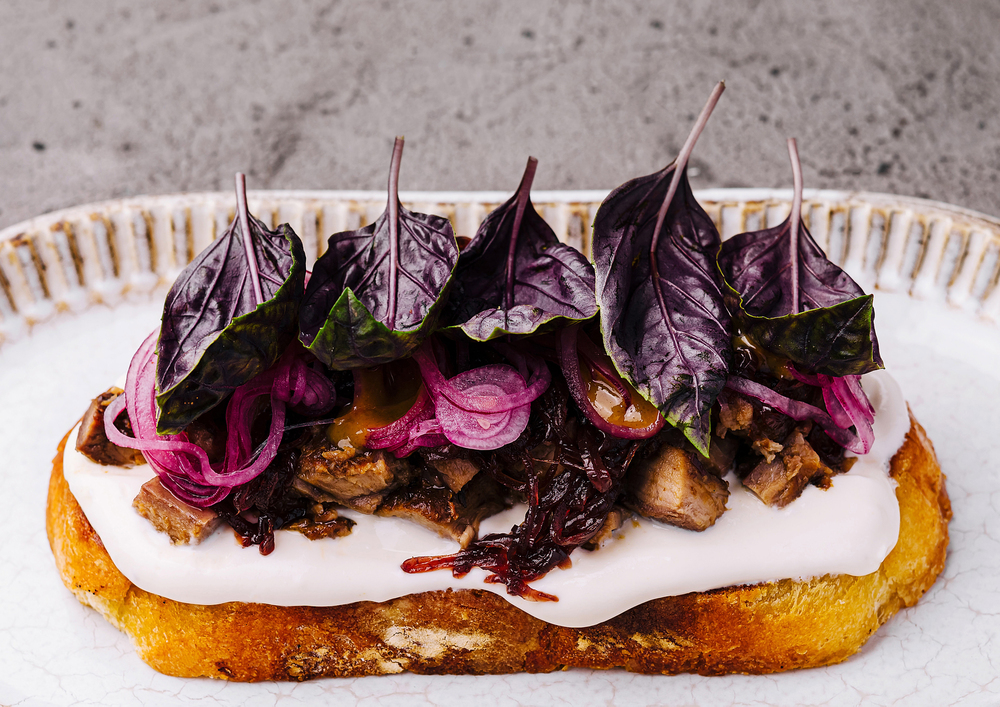
Avocado toast paved the way for a plethora of gourmet toast variations, topped with everything from smoked salmon to exotic fruits. Despite their popularity in cafes and on social media, the trend is becoming saturated. The high prices for what is essentially dressed-up bread are prompting consumers to seek more innovative and satisfying meals. Gourmet toast may soon be replaced by more substantial and creative breakfast options.
Gold Leaf Garnishes

Gold leaf has been used to add a touch of luxury to desserts, cocktails, and even burgers. While visually stunning, the actual taste and nutritional value of gold leaf are nonexistent. As the trend of extravagant and unnecessary garnishes loses its luster, consumers are likely to shift their focus to more meaningful and flavorful additions to their meals. Gold leaf garnishes are set to fade as a fleeting symbol of culinary opulence.
Kombucha Cocktails
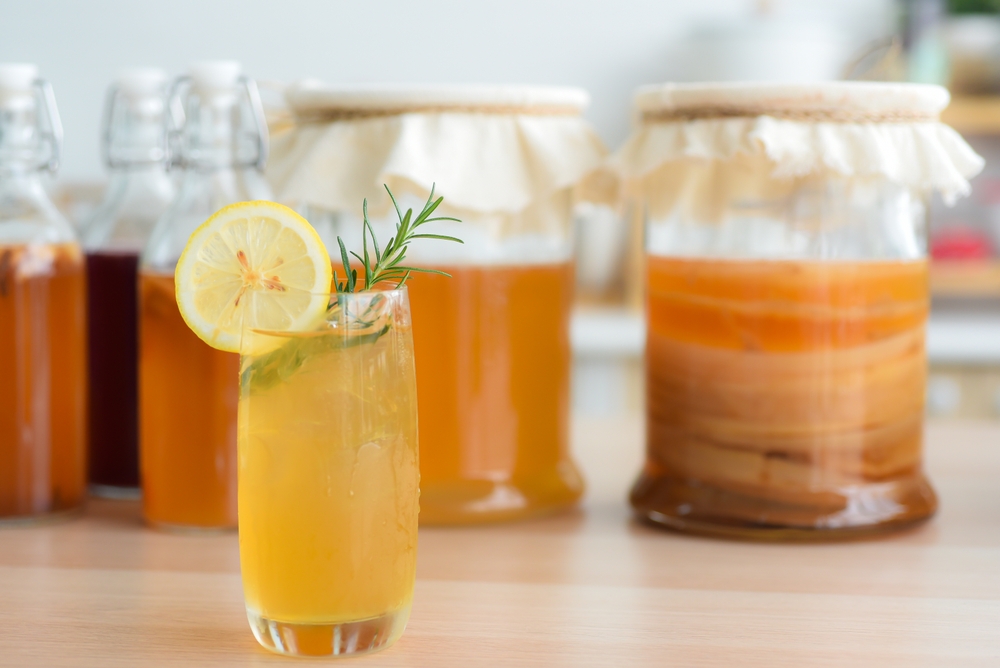
Kombucha, the fermented tea known for its probiotic benefits, has found its way into cocktails, promising a healthier twist on alcoholic drinks. However, the strong, tangy flavor of kombucha doesn’t always blend well with spirits, leading to mixed reviews. Additionally, the perceived health benefits are often overshadowed by the presence of alcohol. Kombucha cocktails are likely to be a short-lived trend as people seek more enjoyable and straightforward beverage choices.
Charcuterie Boards
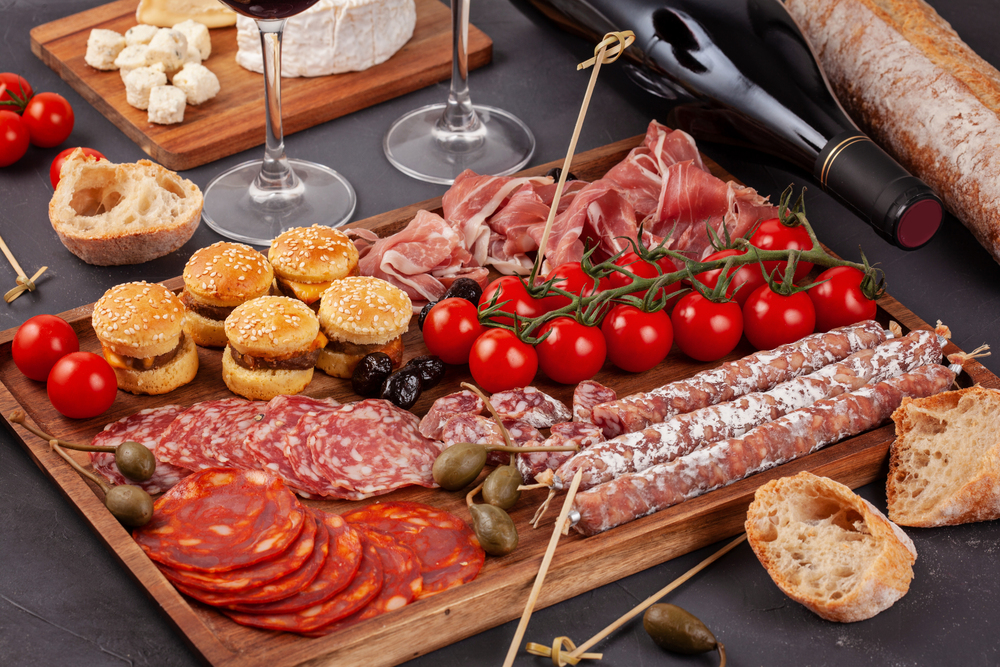
Elaborate charcuterie boards featuring an array of meats, cheeses, fruits, and nuts have become a staple at gatherings. While visually appealing and customizable, the trend is becoming overdone. As people look for new ways to impress their guests, the classic charcuterie board might be seen as passé. This trend is expected to decline as more innovative and unique appetizer options emerge.
Spicy Challenges
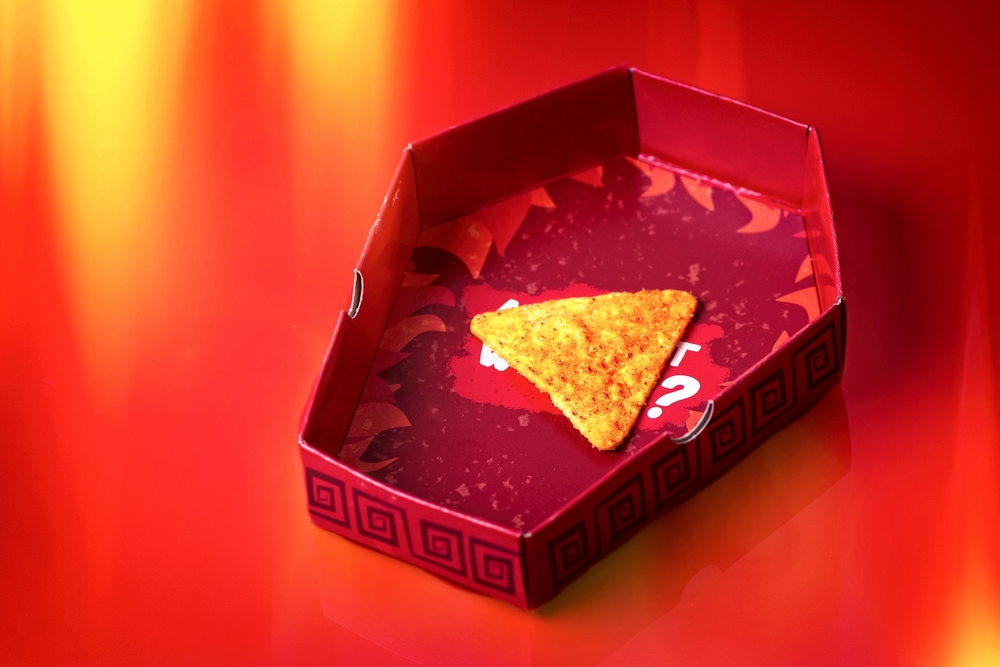
Foods like ultra-hot chicken wings and ghost pepper-infused dishes have gained popularity through social media challenges. However, the extreme heat often overshadows the actual flavor, making these dishes more about novelty than enjoyment. As the thrill of spicy challenges wears off, consumers are likely to favor more balanced and flavorful spicy foods. The era of extreme spice is expected to cool down.
Artisanal Ice Cream Flavors
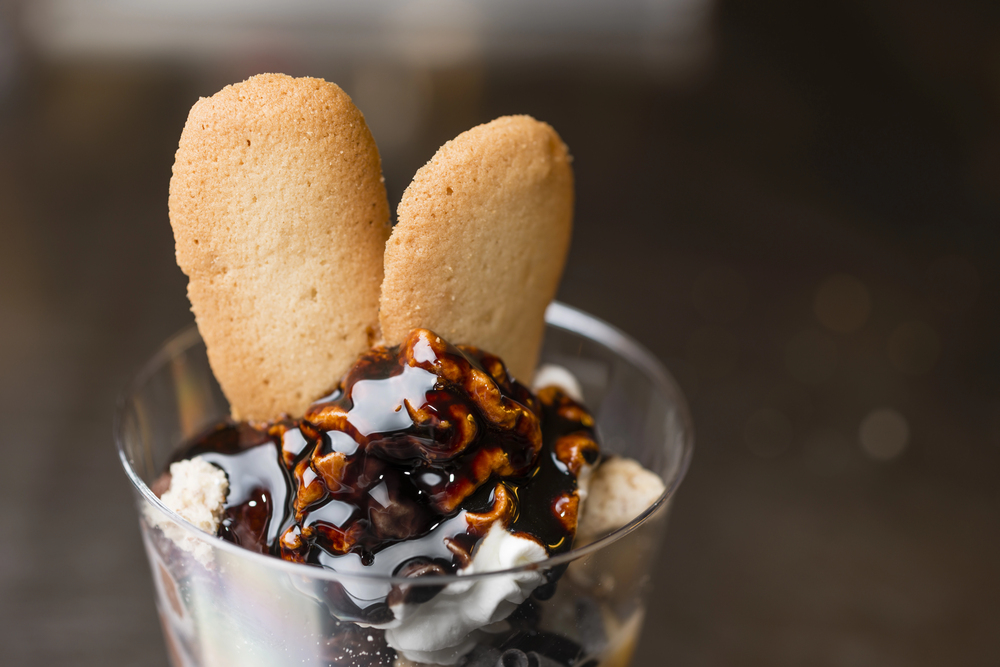
Ice cream parlors offering unconventional flavors like lavender, avocado, and black sesame have intrigued adventurous eaters. Despite the initial excitement, many of these flavors fail to become favorites and are often one-time indulgences. As consumers return to classic and comforting ice cream flavors, the demand for artisanal varieties may dwindle. Artisanal ice cream shops might need to diversify their offerings to stay relevant.
Diet-Specific Foods
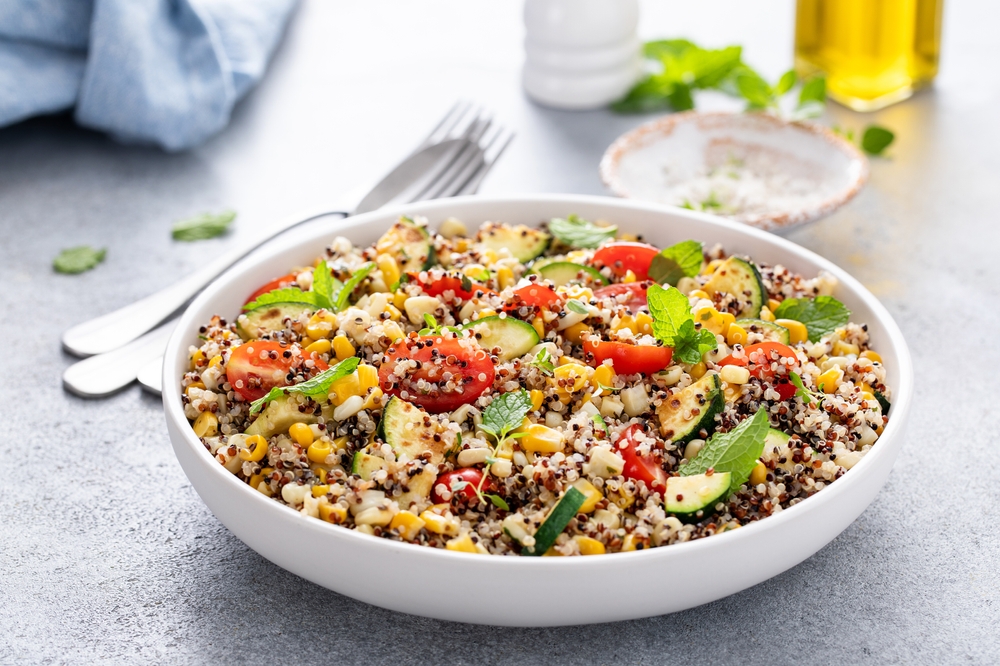
The rise of diet-specific foods tailored to keto, paleo, and other restrictive diets has flooded the market. While these products cater to niche audiences, they often come with a higher price tag and limited appeal. As people move towards more balanced and inclusive eating habits, the demand for diet-specific foods is likely to decrease. This trend may give way to more holistic and flexible dietary approaches.
Insect-Based Protein
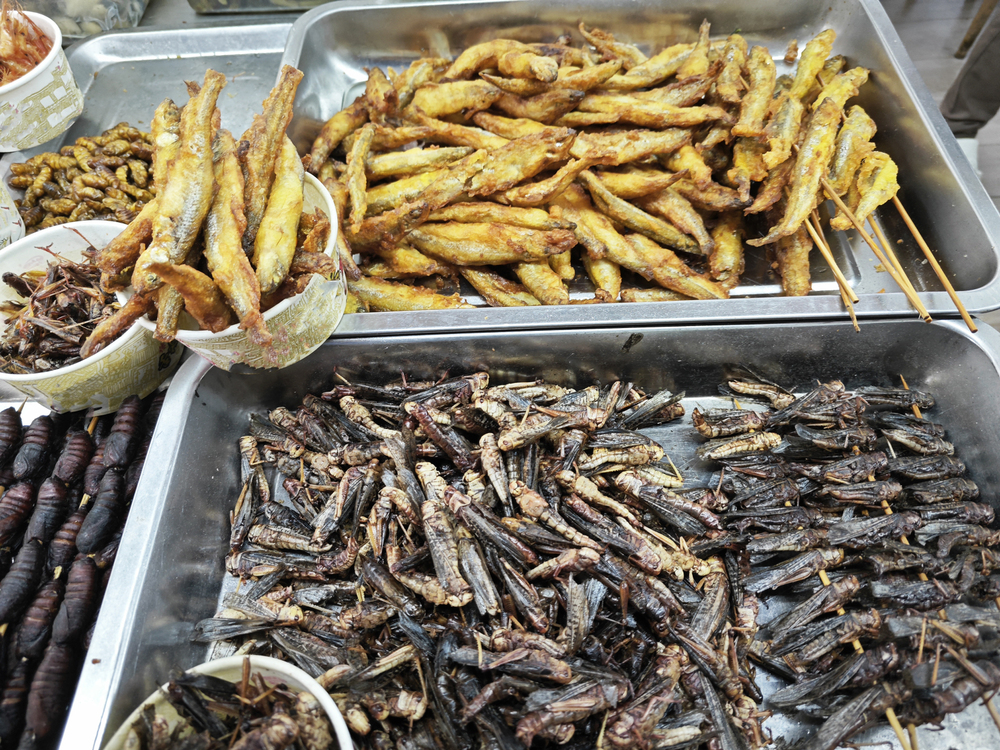
Insect-based protein products, including cricket flour and mealworm snacks, have been promoted as sustainable alternatives to traditional protein sources. However, the ‘ick’ factor and cultural resistance make widespread acceptance challenging. Despite their environmental benefits, insect-based foods may struggle to gain traction with mainstream consumers. This trend might remain a niche market rather than becoming a staple in everyday diets.
DIY Meal Kits

Meal kits from companies like Blue Apron and HelloFresh promised convenience and culinary adventure. However, the high cost, excessive packaging, and preparation time have led to declining interest. Many consumers find that the convenience of takeout or the creativity of cooking from scratch better suits their lifestyles. As a result, the DIY meal kit trend may not sustain its initial popularity.
This article originally appeared on RetailShout.
More From RetailShout
17 Iconic Comfort Foods Unique to the Midwest
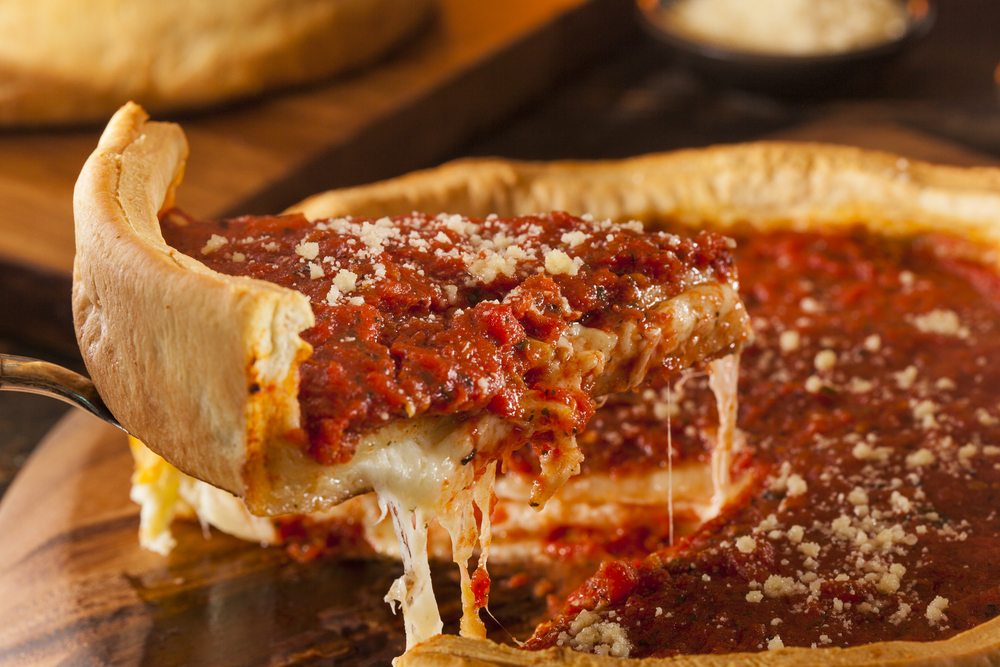
If there’s one thing the Midwest knows how to do right, it’s comfort food. Whether it’s a chilly winter night or a sunny summer day, these dishes bring a sense of home and nostalgia with every bite. Read More.
15 Best Brands of Plant-Based Milk Alternatives, Ranked

More people are turning to plant-based milk alternatives for health and sustainability reasons. These milk substitutes are not only better for the environment but also provide a great source of vitamins and minerals without the lactose or cholesterol found in dairy. Read More.
16 Tasty Salad Additions for a Nutritional Upgrade
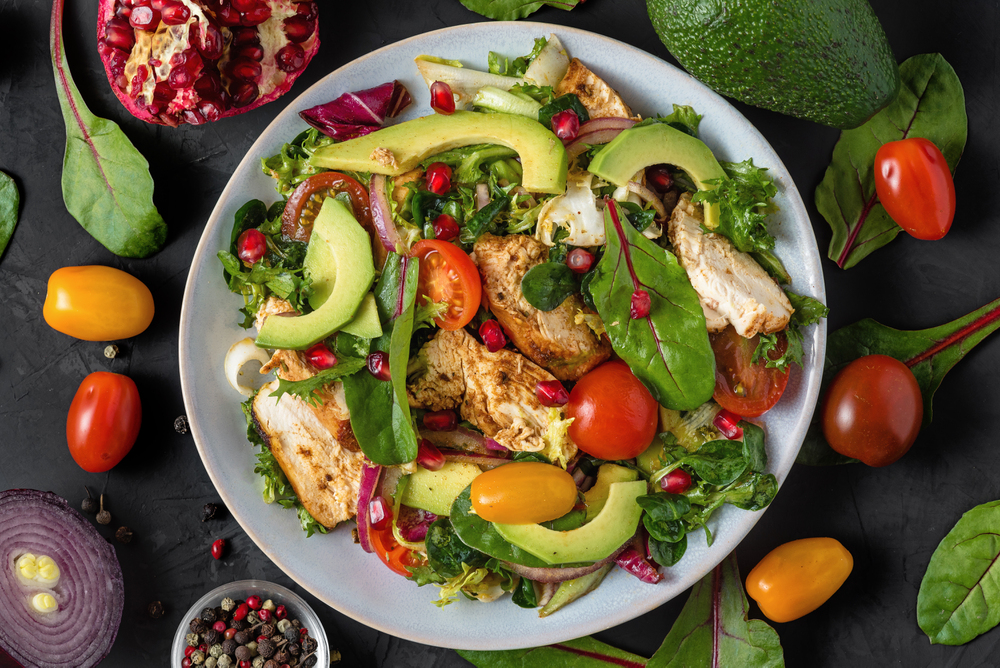
Adding a little extra to your salad doesn’t have to be complicated. Whether you’re looking for more flavor, texture, or just a boost in nutrients, there are tons of simple ingredients that can turn an ordinary salad into something special. Read More.




